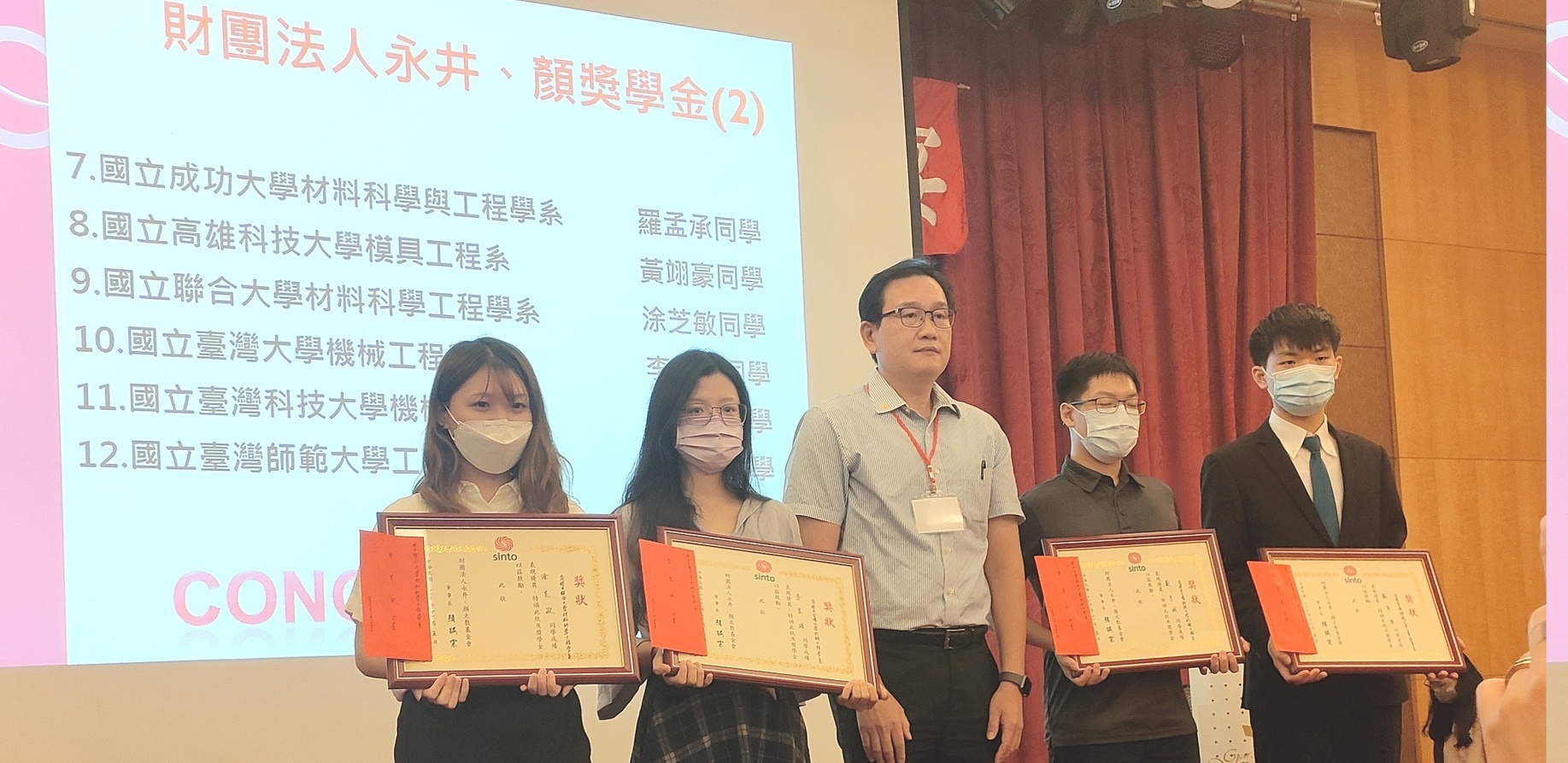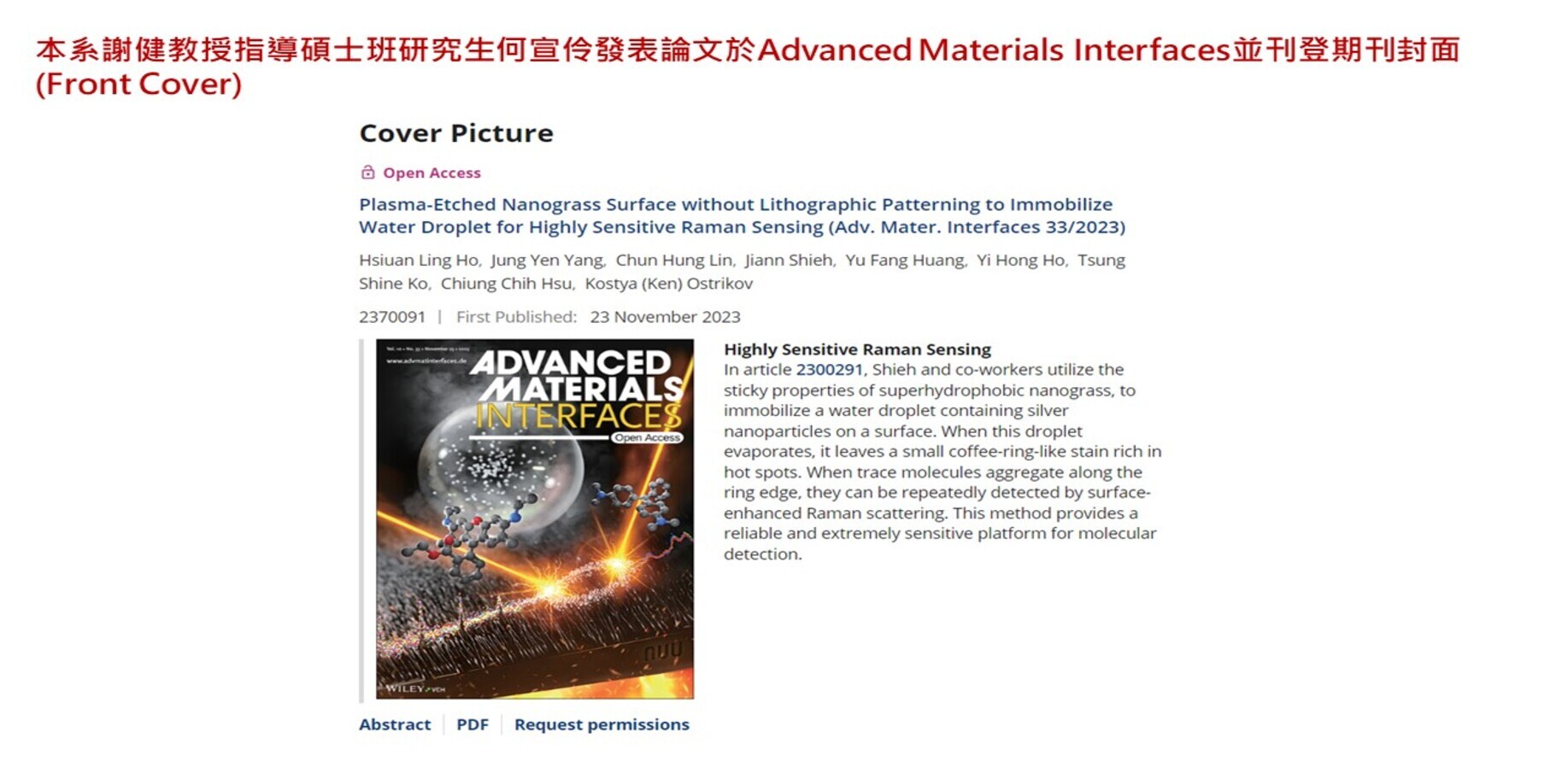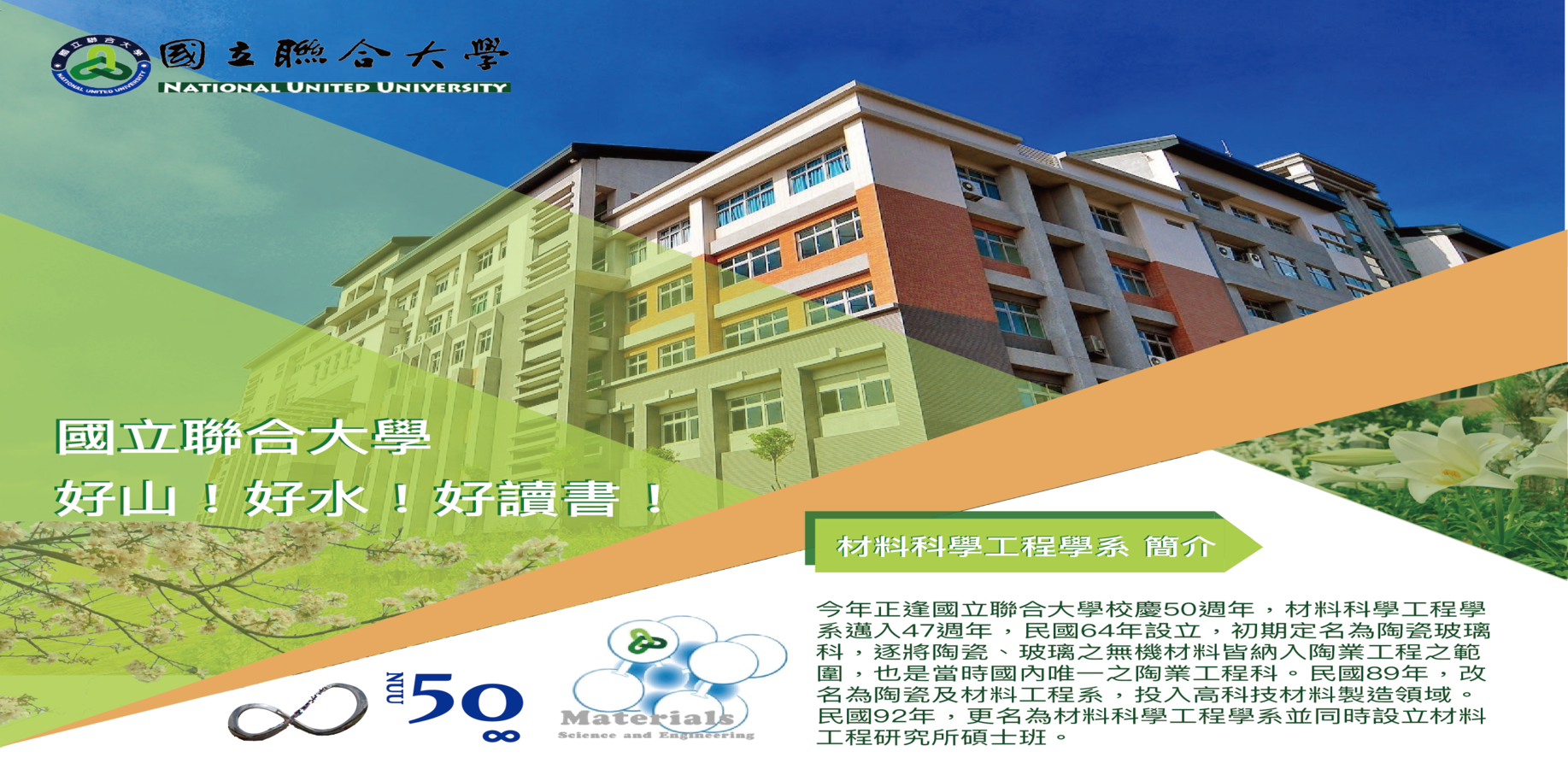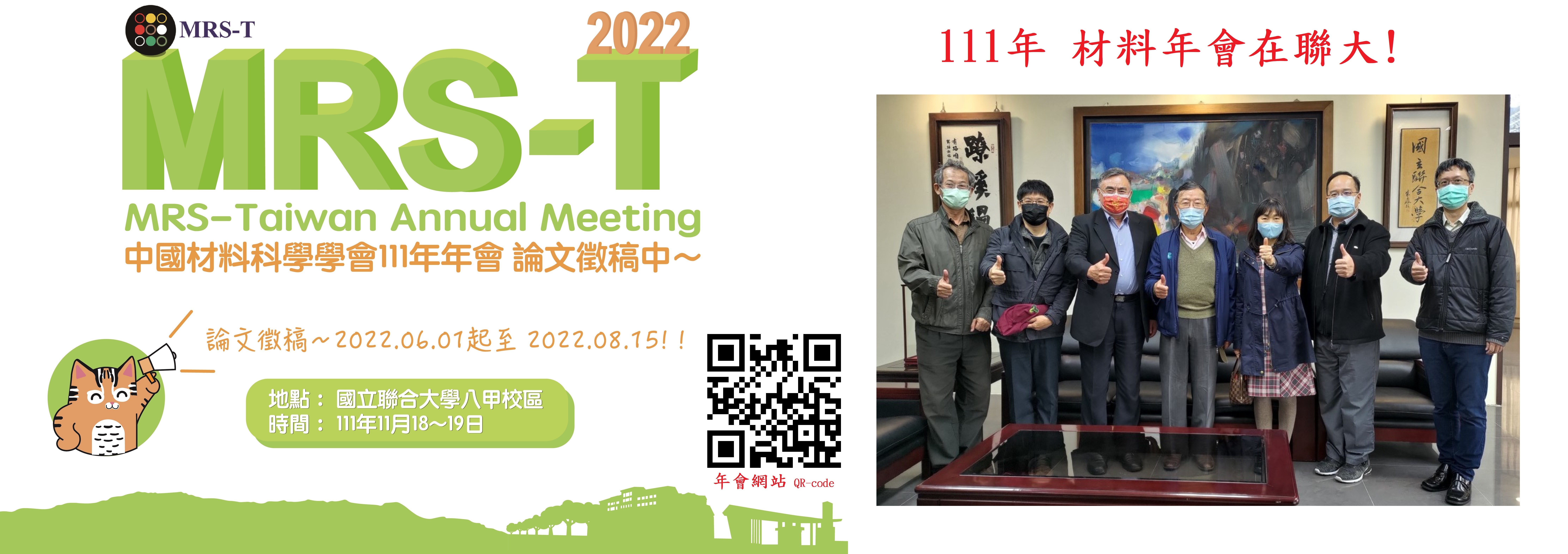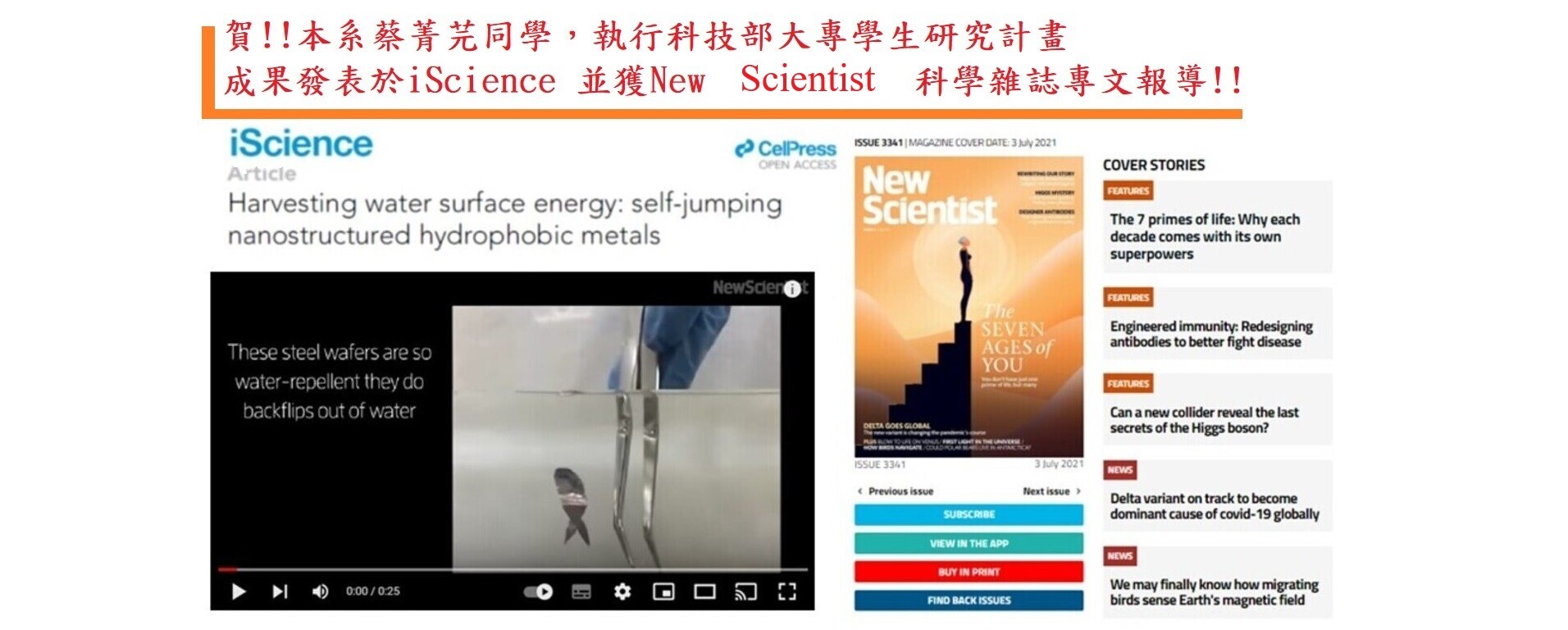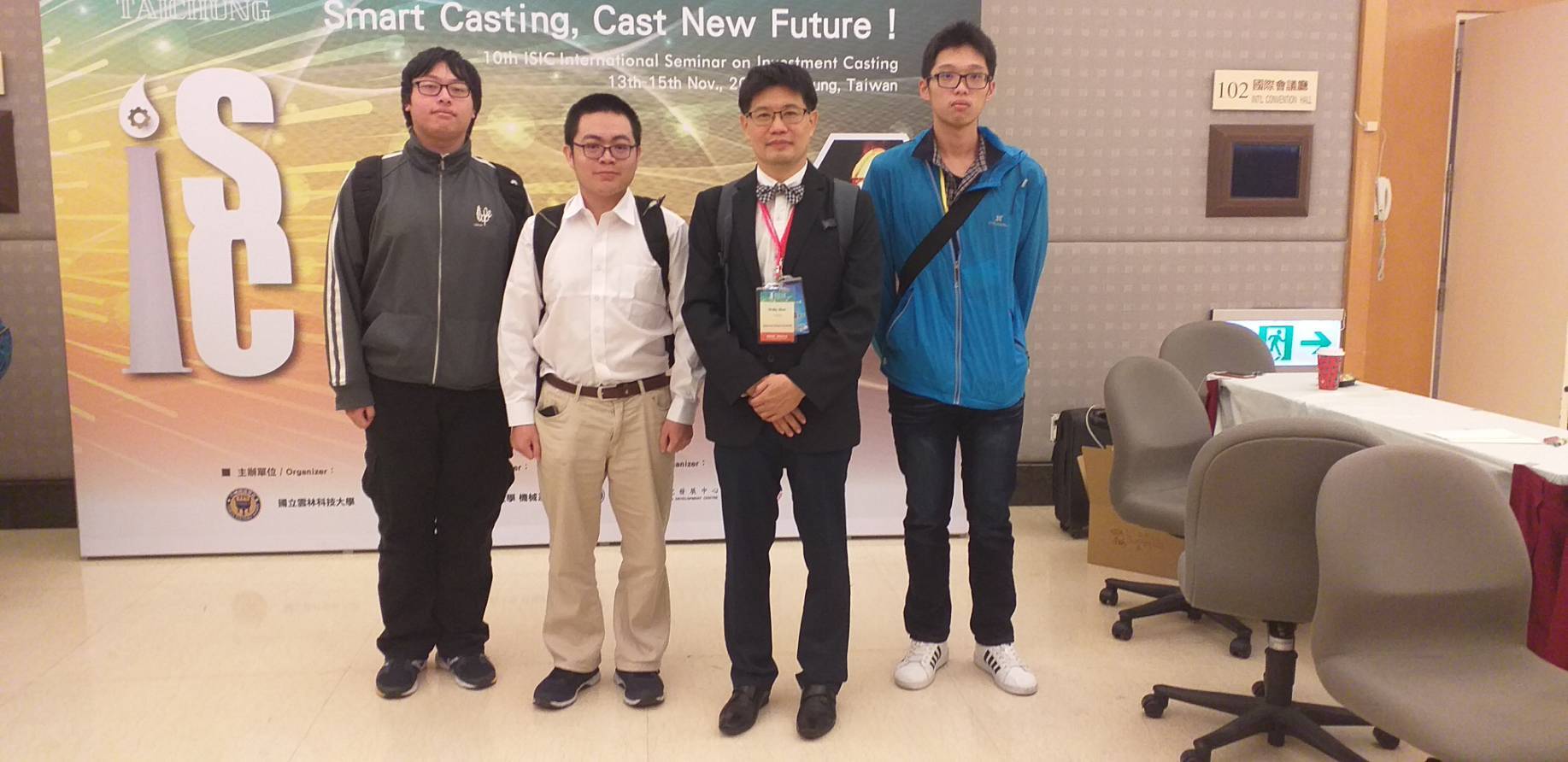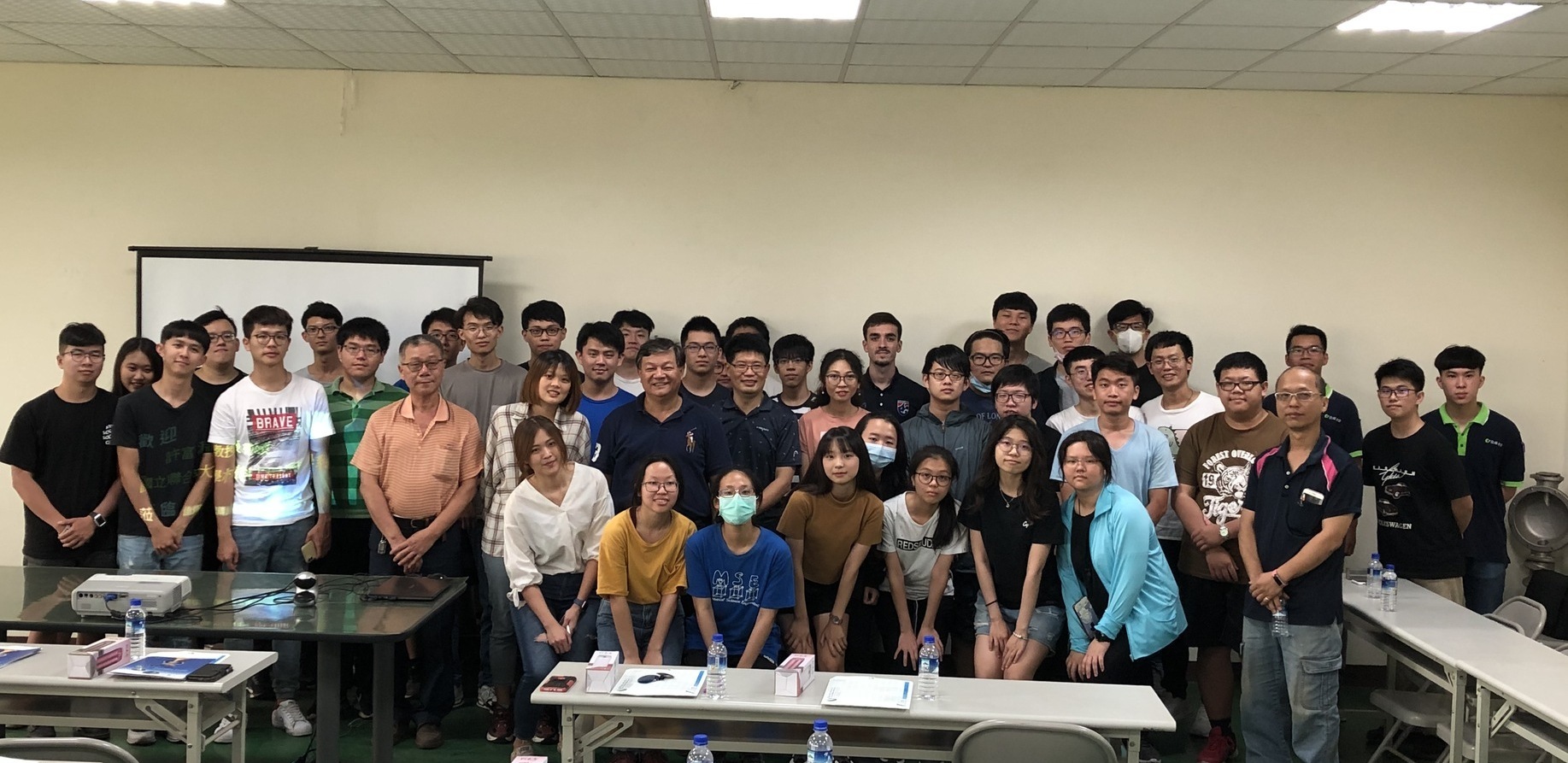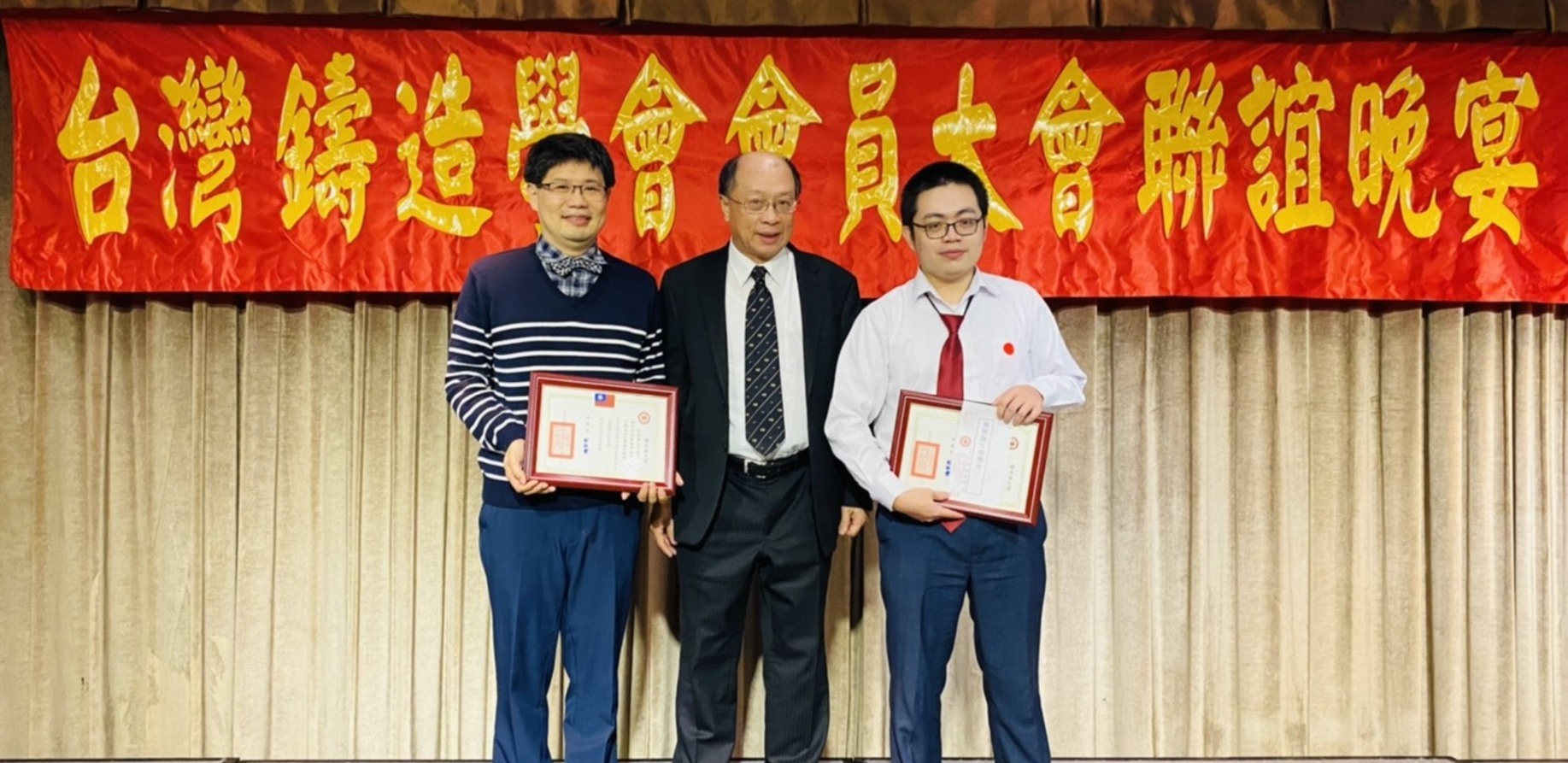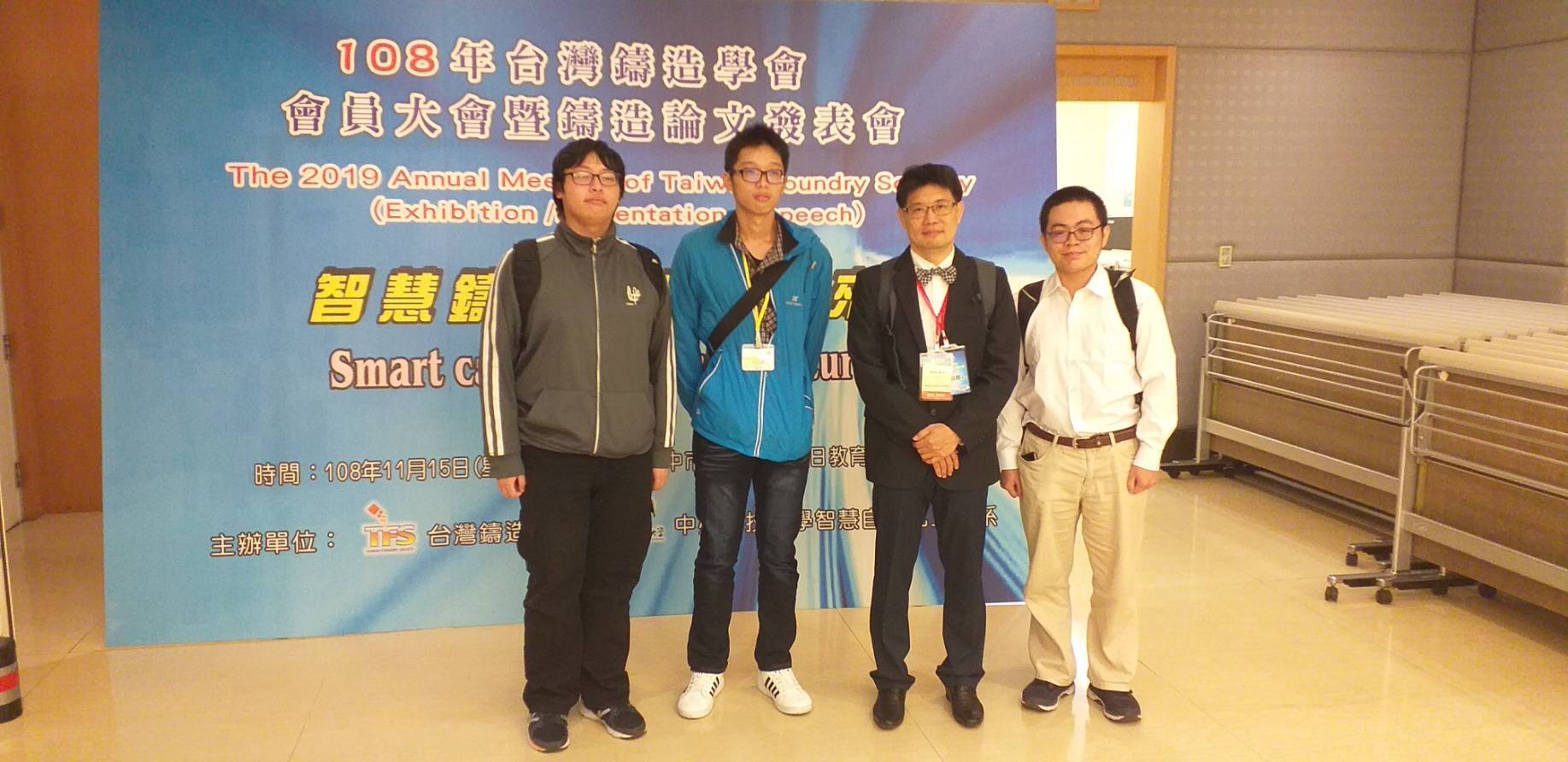物理冶金(二)(賴宜生)
物理冶金(二)
頁首 / 物理冶金(二)
課程名稱 |
(中文) 物理冶金(二) |
開課學程 |
大學部 |
||
(英文) Physical Metallurgy (II) |
課程代碼 |
DSCE0159 |
|||
授課教師 |
賴宜生 |
||||
學分數 |
3 |
必/選修 |
必 |
開課年級 |
材料二 |
建議先修科目 |
材料科學導論(一)、材料科學導論(二) |
||||
課程概述 (course description): 物理冶金為一門探討材料固態結構、缺陷與特性的基礎理論課程,並以熱力學與動力學的觀點來解釋材料內部原子與缺陷行為,本課程為延續上學期物理冶金(一)的內容,本學期主要講解退火對冷加工試片的影響、固溶體的形成與行為、相圖、擴散、凝固與成核成長動力學等,課程目標是使學生了解金屬在加熱與冷卻過程中其微結構以及材料性質的變化。 The point of this course is to provide a theoretical basis that covers the structure of materials and defects with their characteristics, focusing primarily on metals. In addition, the behavior of atoms and defects as a function of temperature are also discussed, linking thermodynamics and kinetics to the structure and properties of metals. Over the course of the semester, we will focus on the topics of annealing, solid solutions, phase diagram, diffusion, and solidification. The objective of this course is to develop an understanding for the students of the processes occurring in metals during heating and cooling that influence the microstructures and their properties. 課程目標 (course objectives): 1. 以理論基礎讓學生了解冶金的物理現象 2. 教導學生如何從相圖來解釋合金的形成與設計 3. 讓學生了解材料固態反應過程中熱力學與動力學行為 4. 教導學生如何控制材料結構進而得到所需的機械性質 |
|||||
教科書 |
R. Abbaschian, L. Abbaschian, R.E. Reed-Hill, Physical Metallurgy Principles, 4th edition, Cengage Learning, Standford, 2010. |
||||
參考書籍 |
J.D. Verhoeven, Fundamentals of Physical Metallurgy, John Wiley & Sons, New York, 1975.
|
||||
SDGs |


|
||||
單元主題 |
內容綱要 |
對應之學生核心能力 |
核心能力達成指標 |
||
退火 Annealing |
1. 冷加工 2. 回復 3. 多邊形化 4. 再結晶 5. 晶粒成長 6. 二次再結晶 |
P1, P2, P3, P5, P8 |
以小考和期中、期末考來驗證學生核心能力的達成。 |
||
固溶體 Solid solution |
1. 固溶體的定義 2. Hume-Rothery 固溶體法則 3. 溶解度 4. 差排氛圍 5. 拖曳應力 6. 明顯降伏點理論 7. 應變時效 8. 動態應變時效 |
P1, P2, P3, P5, P8 |
以小考和期中、期末考來驗證學生核心能力的達成。 |
||
相與相圖 Phase and phase diagram |
1. 相的定義 2. 固態溶液熱力學 3. 相律 4. 槓桿法則 5. 二元相圖的類型 6. 自由能與平衡相圖的關係 7. 超晶格 8. 互溶間隙 9. 三相反應 |
P1, P2, P3, P5, P8 |
以小考和期中、期末考來驗證學生核心能力的達成。 |
||
取代型與格隙型固溶體中原子的擴散 Diffusion in substitutional and interstitial solid solution |
1. Fick 第一與第二定律 2. Kirkendall 效應 3. Darken 方程式 4. Snoek 效應 5. 擴散係數的求法 6. 擴散路徑 |
P1, P2, P3, P5, P8 |
以小考和期中、期末考來驗證學生核心能力的達成。 |
||
凝固 Solidification |
1. 凝固的孕核 2. 金屬玻璃 3. 固液界面的成長 4. 平面與樹枝狀成長的機制 5. Scheil 方程式 6. 鑄件的凝固 |
P1, P2, P3, P5, P8 |
以小考和期中、期末考來驗證學生核心能力的達成。 |
||
教學要點概述: 1. 教材編選:以ppt檔案呈現教材 2. 教學方式:課堂講授 3. 成績評量方法:甲、Quiz (4次) 30%,乙、Midterm exam 35%,丙、Final exam 35%。 4. 教學資源:http://elearning.nuu.edu.tw/ |
|||||
瀏覽數:


